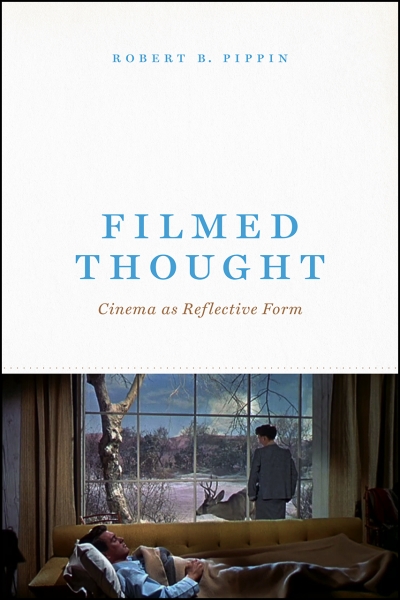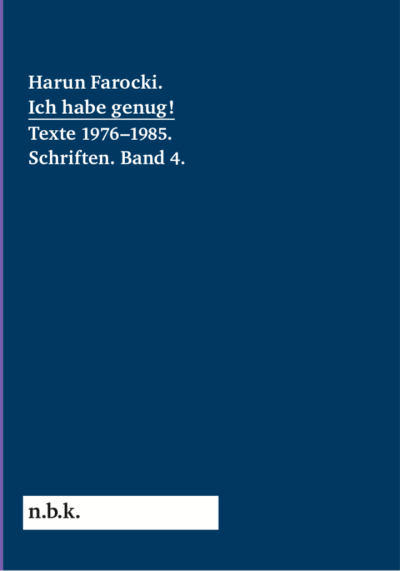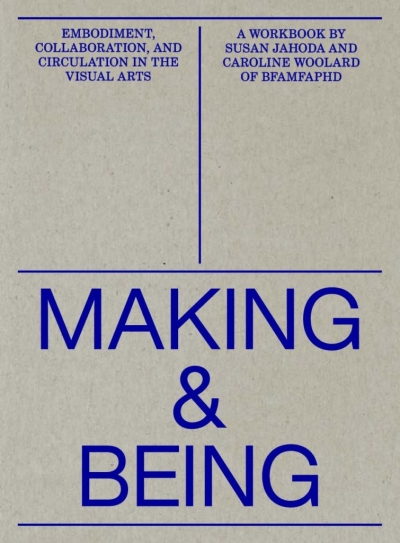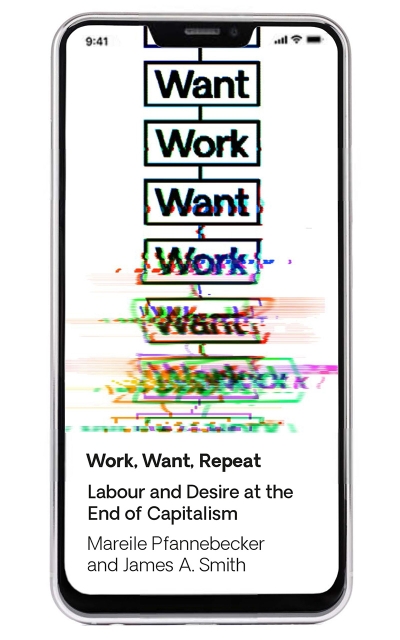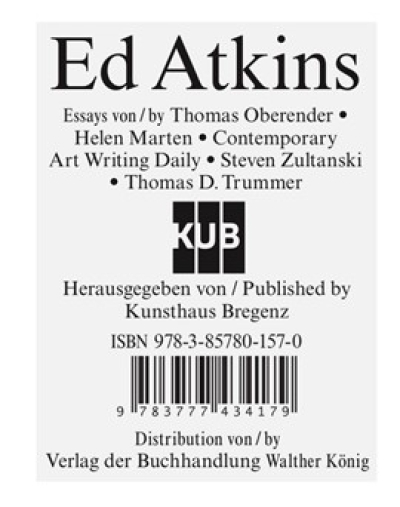
SCI-FI
Rod Serling, creator of the 1950s television series The Twilight Zone, defined science fiction as "the improbable made possible." The same might be said for the practice of architecture. After all, architects by trade conceive of spaces, places, and worlds that do not (yet) exist. Furthermore, the ability to make the improbable possible is held in especially high regard today and is oftentimes what defines an architectural practice as “innovative” in the first place.
It is therefore not surprising that a two-way artistic influence between architecture and science fiction has long existed. Fritz Lang's 1927 film Metropolis depicted a future world in 2026 that drew heavily on contemporary art deco and Modernist building precedents. On the other hand, avant-garde 1960s design practices such as Archigram openly adopted concepts and representation techniques from postwar pulp science fiction. Most recently, a number of designs from significant international offices have exhibited a striking resemblance to science fiction icons, such as the Death Star, demonstrating the impact this genre has had on the creative imagination of a generation.
The feedback loop between fiction and reality remains strong today, with kilometer-high towers rising in the Middle East, new building materials emerging on a seemingly daily basis, and unconventional—if not outright bizarre—shapes blanketing our cities and countrysides. As science fiction continues to both draw upon historic and contemporary architecture while simultaneously influencing future design, it is time to critically examine the improbable made possible: SCI-FI.
Contributors
3.4 Methylenedioxymethamphetamine, After Architecture, Jared Banks, Katy Barkan, Sean Burkholder, Conner Callahan and Shana Opperman, Ryan Church, Matthew Clarke, Archie Lee Coates IV, Nathaniel Coleman, Eric De Broche Des Combes, Greg Cook, Mark Dermul, Kyle Dugdale, Jeffrey Franklin, Pedro Gadanho, Scott Geiger, Ricardo Gonçalves, Reinier de Graaf, Alpna Gupta, Patrick J. Gyger, Dalia Hamati, Sara Hayat, Brian Horrigan, Julia van den Hout, Kellen Qiaolun Huang, Justin Hui, Interiors, Andy C. Jenkins, Matthew Johnson, Damjan Jovanovic, Klaus, Joseph Kosinski, Simon Kristak, Jimenez Lai, Stephanie Lee, Sally L. Levine and Daniel I. Vieyra, Thomas Lozada, Alan Lucey, Luis Miguel (Koldo) Lus Arana, Casey Mack, John Marciante, Kyle May, Ian McAlpin, Craig William McCormack, Kimberly McGuire, Matthew Messner, Movingcities, Thomas Mical, Leo Mulvehill, Dan Newman, Matt Novak, Roberto Otero, Luke Pearson, Cyrus Penarroyo, Emmanuel Petit, Enrique Ramirez, Jacob Reidel, Doctor Laser, Fred Scharmen, Kyle Schumann, Neal Shasore, Dominik Sigg, SOFTlab, Rachel Meade Smith, Jason Vigneri-Beane, William Watson, Nathaniel Walker, Liam Young













































